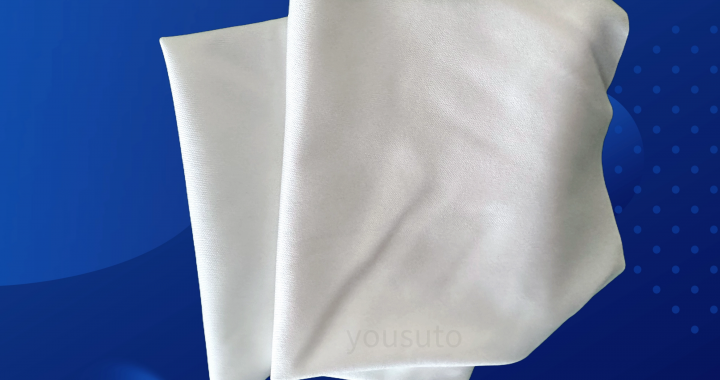Cleanroom anti-static wipes are specialized cleaning tools designed for use in cleanroom environments, featuring anti-static properties and high cleanliness levels. They are widely used in industries such as semiconductors, electronics manufacturing, pharmaceuticals, optics, and biotechnology, where strict requirements for static control and cleanliness are essential. To ensure product quality and process stability, it is crucial to understand the characteristics of cleanroom anti-static wipes. This article provides a detailed overview of the main features, advantages, and applications of these wipes.
1. Anti-Static Properties
a. Low Static Generation
Cleanroom anti-static wipes are made from special fibers and treated with anti-static technology, effectively reducing static electricity generation. This helps prevent potential damage to sensitive electronic components and equipment during cleaning.
b. Stable Surface Resistivity
The surface resistivity of anti-static wipes typically ranges from 10^6 to 10^9 ohms, ensuring consistent anti-static performance in cleanroom environments and preventing static interference with products.
2. High Cleanliness
a. Low Particle Generation
Made from high-quality polyester or nylon synthetic fibers and treated with specialized dust-free processes, anti-static wipes minimize particle shedding during use, making them suitable for environments with strict cleanliness requirements.
b. Laser or Ultrasonic Sealed Edges
Most anti-static wipes feature laser or ultrasonic sealed edges, preventing edge fraying and further enhancing the wipe’s cleanliness and durability.
3. Excellent Absorption Performance
a. High Absorption of Water and Oils
Anti-static wipes possess strong absorption capabilities for both water and oils, allowing them to quickly absorb liquids and contaminants, ensuring effective cleaning. Their structure maintains anti-static properties even when wet.
b. Solvent Compatibility
These wipes are compatible with various cleaning solvents, such as isopropyl alcohol and deionized water, enabling efficient removal of grease, stains, and particulate contaminants.
4. Chemical Resistance and Durability
a. Chemical Resistance
Anti-static wipes are resistant to various chemicals, maintaining stable physical properties when used with cleaning solvents, and are not easily corroded or broken down by them.
b. Durability
Constructed with a double-layer knit or high-density weave, anti-static wipes are highly durable and resistant to wear, ensuring long-term use without compromising their cleaning effectiveness.
5. Soft and Non-Abrasive Surface
The soft material of anti-static wipes ensures they won’t scratch or damage delicate surfaces, making them suitable for cleaning precision instruments, electronic components, optical lenses, and other sensitive equipment. Their soft texture allows them to reach small crevices and complex surfaces for thorough cleaning.
6. Application Scenarios
a. Electronics Manufacturing and Semiconductor Industry
Used for cleaning wafers, chips, LCD screens, and printed circuit boards (PCBs), preventing static damage to electronic components.
b. Pharmaceuticals and Biotechnology
Used to clean equipment and instruments in pharmaceutical production and laboratory operations, maintaining a dust-free and anti-static environment.
c. Optics and Precision Instruments
Ideal for cleaning optical lenses, microscopes, and camera lenses, ensuring dust-free surfaces without static interference.
d. Automotive and Aerospace Industries
Suitable for cleaning automotive parts, aviation instruments, and other static-sensitive equipment, ensuring stability and safety.




